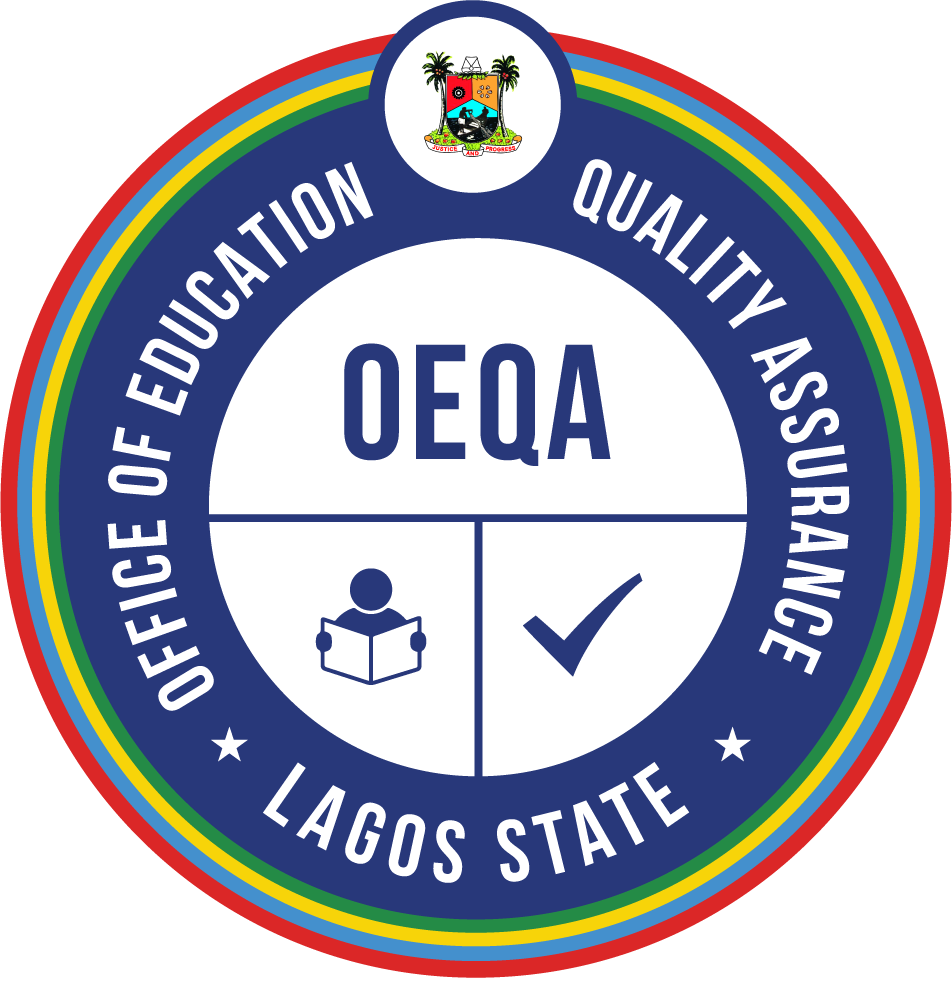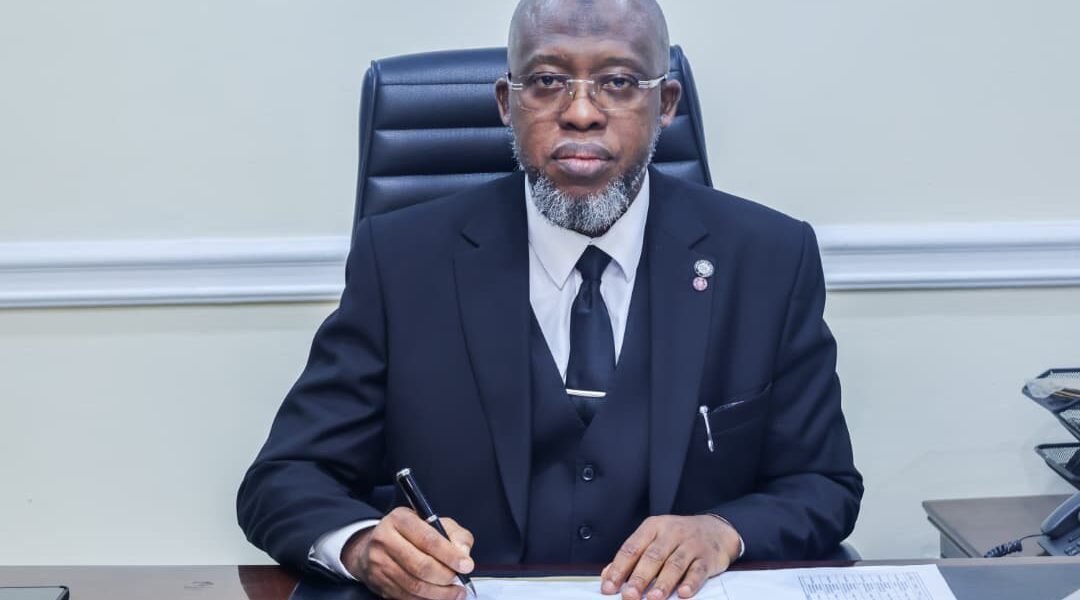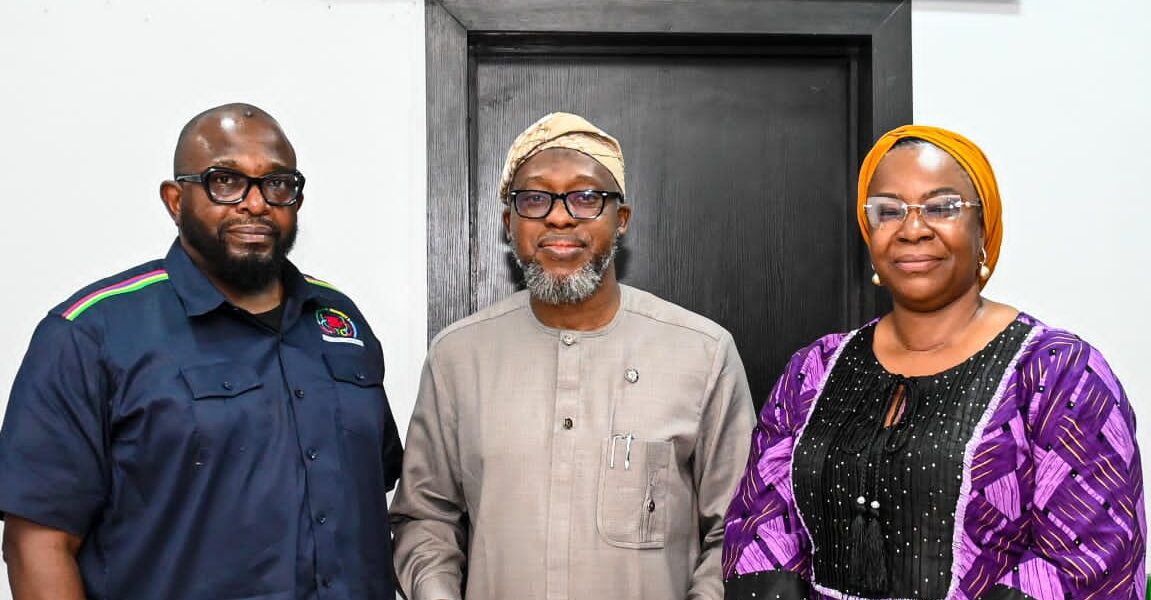How can educational systems across the globe, and international donor-funded education projects, continue ongoing education for students amidst the current COVID-19 pandemic? The logical answer right now: distance education. Fortunately, most countries have some form of distance education technical infrastructure, which they can immediately use to provide ongoing educational opportunities.
This post examines the four most common distance technology for contractors, donors and educators who find themselves needing to explore distance-learning options, with a particular focus on sub-Saharan Africa.
1- Radio
Even in our mobile, digitally saturated age, radio is still the most commonly available and accessed technology across the globe. UNESCO reports that 75% of households globally have access to radio and in sub-Saharan Africa between 80% and 90% of households have access to a working radio set.
Broadcast radio
Currently, for many countries, broadcasting radio lessons would be the quickest option to continued schooling. Most countries have state, private and community radio stations that can potentially be used (and probably are being used) to educate students who suddenly find themselves out of school. A number of countries use broadcast radio for educational purposes, none more robustly perhaps than the archipelago of Cabo Verde, which uses radio dramas, lessons, tutoring, and other educational broadcasts to reach students on its 10 islands.
Interactive radio instruction
No one can predict the trajectory of this pandemic, but assuming it continues over the next several months, education systems may wish to shift to Interactive Radio Instruction. IRI is an instructional approach that uses one-way radio to reach students and teachers (or in this case, students and their parents) via prerecorded, interactive lessons. IRI has been used successfully across the globe (Honduras, Nicaragua, Papua New Guinea, Guinea, Liberia, Somalia, Cape Verde, Angola, Mozambique, Guinea-Bissau, Zanzibar, São Tomé e Principé, Mali, South Africa, India, and the Democratic Republic of Congo) to help students learn content so both the infrastructure and radio program development know-how exists in many places. I’ve written about IRI previously here and here.
For 30 years, EDC, the predominant group designing and implementing IRI, has produced IRI programs for more than 25 countries in multiple languages and content areas. They maintain a catalogue of past programs, which they are opening for public access in response to this crisis. For more information, contact Rachel Christina.
2- Television
Despite high production costs, television has tremendous reach and enjoys the advantage of being a familiar and engaging visual medium. There is a long tradition of television as a distance education medium in countries that have well-developed broadcasting or satellite infrastructure (e.g., Cuba and the United Kingdom) and that cover a large geographical expanse (Canada, Australia, China, México, Brazil, Indonesia, and the United States) (Burns, 2011).
As of 2018, 1.67 billion households globally had access to television (including 75 million households in sub-Saharan Africa). A quick scan of the CIA broadcast media list suggests that most African countries have at least one state owned television station and several have both state and privately run stations. Countries like Nigeria, Kenya, South Africa and Ethiopia have strong technical and human infrastructure and are known for a television industry that produces compelling television programming both for traditional and Internet TV.
Additionally, sub-Saharan African countries have subscription TV services that provide a mix of national and international channels: RFI and France24 in Francophone countries; RTP in Lusophone countries; and the BBC in Anglophone Africa. Such services could potentially provide scaled educational programming to students in French, Portuguese and English.
One of the longest and most successful uses of instructional television, and well worth a look if considering this medium, is México’s “telescundaria” program. Telesecundaria provides year-round curricula to rural junior secondary schools across México (and more recently, Guatemala) through a combination of in-class broadcasts, combined with text and discussions lead by in-class proctors (not formally trained teachers).
Within sub-Saharan Africa, Botswana Television (BTV) offers daily educational programming, primarily in maths and science, which reaches 90% of the country through its terrestrial transmitter and 100% of the country through satellite. Because not everyone in Botswana has the decoder needed for digital television, BTV still uses analog transmission.
South Africa’s Department of Basic Education also provides educational television programming (Burns et al, 2019).
A number of countries—France, Kenya and South Africa, the U.S.—are deciding that TV may be the best and most direct way to continue schooling and are doing so via state-run broadcasting services (France 4, Kenya Broadcasting Corporation and South Africa Broadcasting Corporation).
In the U.S., the Massachusetts Department of Elementary and Secondary Education is broadcasting educational programming to middle and high school students at home via the WORLD Channel weekdays from noon to 5 pm.
3- Mobile phones
Given high rates of mobile phone ownership everywhere, including in sub-Saharan Africa where the purchase of low-cost smart phones has continued to rise over the last several years, phones should be considered another important educational tool to provide continued schooling during the pandemic. Here are some ways mobile phones can provide students with educational opportunities:
Access to content, curriculum, language instruction, lesson plans: In Niger, SMS have been used for literacy and numeracy instruction. South Africa has successfully pioneered the use of serialized m-novels via simple cell phones. South Africa’s Institute for Digital Education offers mobile-based storybooks.
Educational apps can help students learn basic skills (literacy, numeracy) but there is a plethora of apps for almost all content areas. Many education websites (Khan Academy, for example) have app-based versions of their web content and many educational apps allow students to not just consume, but also create, content.
Social media: Teachers can utilize social media to organize Twitter discussions, push out information, share video, etc. Teachers can organize WhatsApp groups for each class and share digital content and resources through this popular medium (presuming they have it).
Tutoring: Sub-Saharan Africa has a long tradition of phone-based tutoring and SMS support. There are a host of commercial tutoring providers throughout the region (especially in Nigeria, Kenya and South Africa) that offer real time video or SMS tutoring and whose services might be leveraged.
Educational programming: Young children whose families have smart phones can access programming like Ubongo and Akiki and Me on their phones (there are some data showing that kids who watch these shows are “readier” for primary school than children who do not). Text messages are also a proven way to “nudge” people into proactive behaviors—handwashing, reading to their children, etc.
4-Online learning
For places that have the infrastructure—technical, human and educational (i.e., digital content, assessment, etc.)—and where students have home access to computers and decent Internet connection, online learning makes the most sense because it most closely simulates the interactive, real-time, multimodal experience we want from school.
A number of countries and school systems are turning to online learning—through online courses (via a Learning Management System) or virtual teaching platforms (face-based webinars via Google Hangouts or Zoom).
Some countries have digital learning platforms that ostensibly offer digital content and instruction to teachers and students. Many exist in theory only but the infrastructure is there and these would be the place to start to get content and instruction to students.
In the world of massive open online courses (MOOCs), both Coursera and EdX are currently making their courses free to universities affected by the pandemic. Many MOOCs are already free and some content could potentially be used for secondary students. To search, go here and here.
Online learning offers tremendous upsides but also requires tremendous infrastructure, design and instructional requirements. It may be for now that countries post content and resources online as part of radio or TV-based instruction (or as stand-alone learning) but this “putting content online” and hoping students will learn on their own should not be a medium or long-term strategy.
I’ll write more about getting started with online learning in the next post.
Planning fast and slow
There’s no “right” distance education choice right now. Every country has to choose the best medium or a mix of media based on access, technical infrastructure, content, the ability to adapt this content to the appropriate distance education medium or mix of media—and make learning opportunities available to students as quickly as possible.
In addition to infrastructure requirements, there are benefits and drawbacks to each of the distance education tools discussed here. Radio and TV are passive media but enjoy worldwide ownership, huge reach, are easy to use, and offer learning via a centralized location.
Phones are “bottom up” technologies, widely used and valued by their owners, but large-scale education specifically designed for phones has not been attempted before and phone-based learning is more decentralized and requires more of teachers and students. Online learning may be the most ideal way to continue learning but it demands time, appropriate content, money, tools to plan and design, and imposes numerous demands on instructors and learners. Even in countries with the most robust infrastructure, the Internet is now being tested as never before.
As we rapidly pivot to distance education, we also have to make sure to not get caught so flat-footed again. Education systems everywhere must begin long-term planning and building of distance education systems so we are ready for the next, inevitable, emergency. If there is one lesson from COVID-19, it is that distance education cannot be a “nice to have” parallel to the existing education system; it has to be a “must have,” integrated, essential component of the overall education system.
Notes
If you are new to the term “Learning Management System,” read about them here and here. Since most webinar platforms involve a cost (Zoom is free for up to 40 minutes) or a limit participants (for example Skype, though it’s not technically a webinar platform), you may want to try two free webinar platforms that are good for scale: BigBlueButton or Open Broadcaster Software.
I have been writing, since 2014, for E-Learning Industry. These posts cumulatively focus on “building the elearning system” and can be found here. The entire E-Learning Industry site itself has thousands of free articles about every aspect of online learning.
Windows user, since this blog was published, we’ve learned that you should beware of clicking on links in Zoom’s chat window as hackers can steal your Windows credentials and launch programs. Read more information
References
Burns, M. et al. (2019, November). ICTs in Secondary Education in Sub-Saharan Africa: Policies, Practices, Trends and Recommendations.
Burns, M. (2011). Distance Education for Teacher Training: Modes, Models and Methods.
SOURCE: School, interrupted: 4 options for distance education to continue teaching during COVID-19



